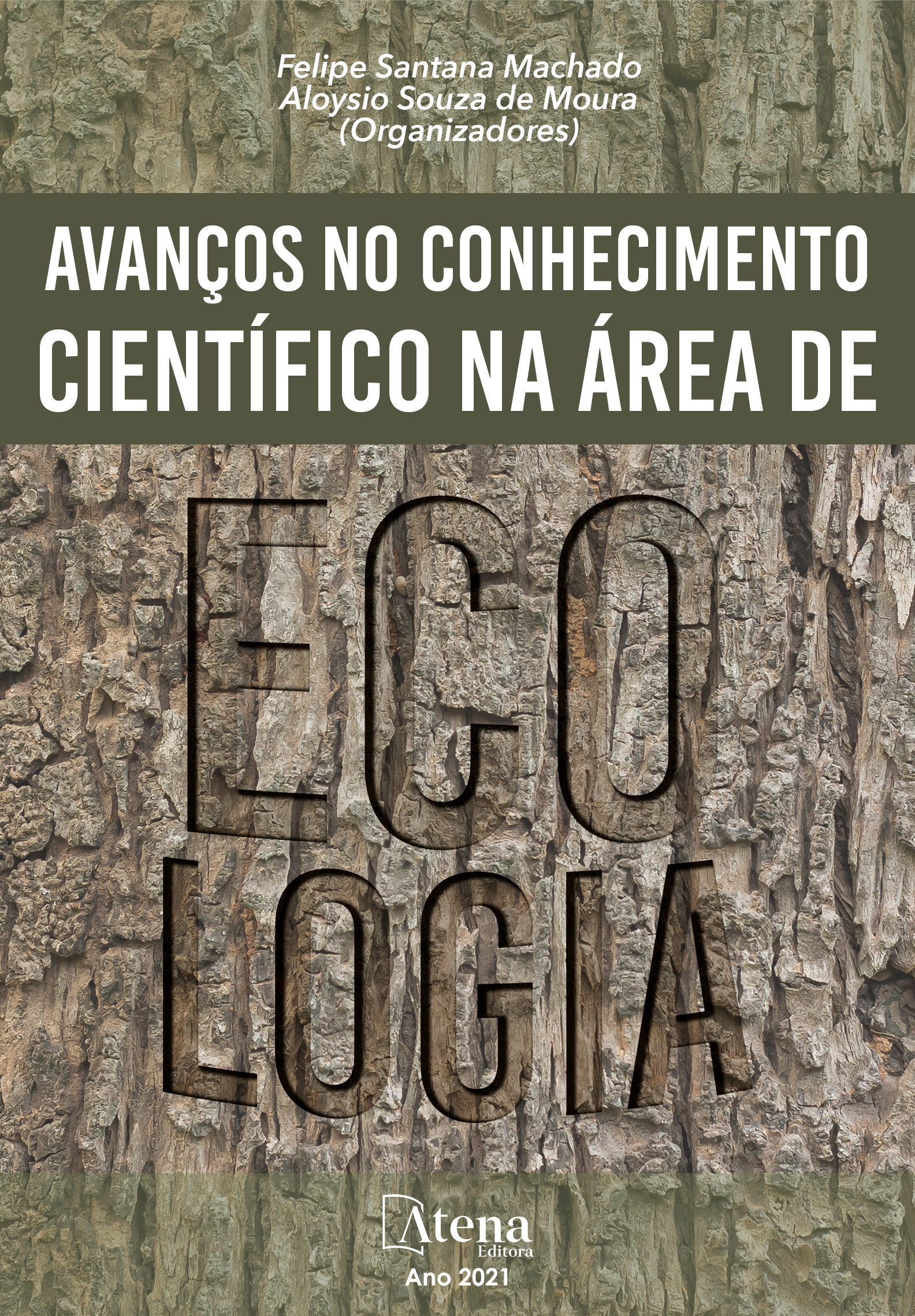
MORFOLOGIA DOS ÓRGÃOS REPRODUTIVOS MASCULINOS DE Trachemys scripta elegans (WIED, 1839, TESTUDINES) CRIADAS NO CERRADO BRASILEIRO
Trachemys scripta elegans é um quelônio subaquático americano cujo comércio ilegal pode comprometer espécies nativas e ameaçar a biodiversidade brasileira. Este estudo investigou a morfologia dos órgãos reprodutivos de 27 machos adultos criados no Brasil, visando contribuir com ações de preservação, controle populacional, pesquisas científicas e estudos comparativos interespecíficos. A presença da terceira garra e o comprimento pré-cloacal foram efetivos na identificação sexual dos machos, que apresentaram maior frequência de comprimento máximo de carapaça em 15,0 cm. Testículos e epidídimos apresentaram semelhança biométrica entre os antímeros e estrutura anatômica e histológica semelhantes à de outras espécies de quelônios e mamíferos, com exceção do tipo de epitélio. Pênis era um órgão muscular ímpar; posicionado longitudinalmente a partir da parede ventral da cloaca, retrátil e com função copulatória, dividindo-se em raiz, corpo e glande. Os resultados indicam haver conservação da morfologia dos órgãos reprodutivos entre os cágados e homologia em relação aos mamíferos. Conclui-se que a semelhança histológica com os órgãos reprodutivos de outros amniotas, incluindo os humanos, pode permitir estudos científicos e comparativos, essenciais para estabelecimento de estratégias de conservação em répteis.
MORFOLOGIA DOS ÓRGÃOS REPRODUTIVOS MASCULINOS DE Trachemys scripta elegans (WIED, 1839, TESTUDINES) CRIADAS NO CERRADO BRASILEIRO
-
DOI: 10.22533/at.ed.6242115095
-
Palavras-chave: Emydidae, Tartarugas, Sulco espermático, Ducto epididimário.
-
Keywords: Emydidae, Turtles, Sperm sulcus, Epididymal duct.
-
Abstract:
Trachemys scripta elegans is an American underwater turtle whose illegal trade can compromise native species and threaten Brazilian biodiversity. This study investigated the morphology of Organs reproductive organs of 27 adult males raised in Brazil, aiming to contribute with preservation actions, population control, scientific research and interspecific comparative studies. The presence of the third claw and the pre-vent length were effective in the sexual identification of males, which presented a higher frequency of maximum carapace length in 15.0 cm. Testis and epididymis showed biometric similarity between the antimeres and anatomical and histological structure similar to that of other species of turtles and mammals, except for the type of epithelium. Penis was a unique muscular organ; longitudinally positioned from the ventral wall of the cloaca, retractable and with copulatory function, dividing into root, body and glans. The results indicate that there is conservation of the morphology of Organs reproductive organs among tortoises and homology in relation to mammals. It is concluded that the histological similarity with the reproductive organs of other amniotes, including humans, may allow scientific and comparative studies, essential for establishing conservation strategies in reptiles.
-
Número de páginas: 15
- Isabelle Caroline Pires
- Marcelo Domingues de Faria
- Mateus Matiuzzi da Costa
- Vanessa Sobue Franzo
- Adriana Gradela


